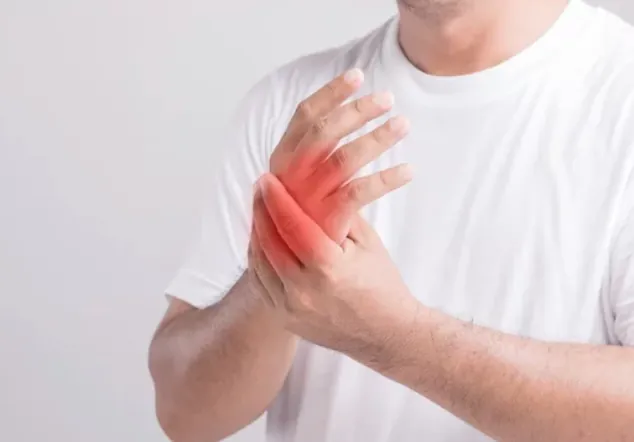
Gout’s Hidden Hand Struggles: Study Reveals Grip Weakness Comparable to RA
2025-07-18
Author: Yu
A groundbreaking study has uncovered that gout sufferers face significant hand function challenges, specifically with grip strength and manual dexterity, that rivals those experienced by individuals with rheumatoid arthritis (RA). This revelation sheds light on the often-overlooked impact of gout on daily physical tasks.
Gout is notorious for causing not just joint pain, but also structural alterations in hand joints and adjacent tissues. These changes can lead to inflammation and damage, ultimately hampering a person's ability to perform everyday tasks effectively.
The study, conducted between March and August 2024 at the Ankara Etlik City Hospital Rheumatology Clinic, aimed to compare hand function between individuals diagnosed with gout, those with RA, and healthy controls. Led by Oguzhan Mete from Turkey’s University of Health Sciences, researchers utilized grip strength measurements and manual dexterity tests to gauge performance.
Surprisingly, the findings revealed that while grip strength was generally comparable between gout patients and healthy individuals, grip endurance was significantly compromised in those with gout. In tests such as the Nine-Hole Peg Test—used to measure dexterity—participants with gout exhibited notably longer completion times, indicating considerable difficulty in fine motor tasks.
The investigators remarked, “It was surprising that although RA is known for affecting hand joints significantly, gout appears to impair manual dexterity nearly as severely. This issue is crucial and warrants urgent attention.”
Interestingly, the overall sense of hand functionality, measured by the Duruöz Hand Index, showed gout patients fared better than RA patients but still faced challenges—indicating a definite need for further investigation into the underlying causes of these impairments.
Limitations in the study, such as the absence of ultrasound or X-ray evaluations, meant that the full extent of structural damage in joints couldn't be assessed. Moving forward, researchers emphasized the necessity of examining the correlation between any structural damage and hand function.
“These findings provide invaluable insights into the nature of hand function in those with gout. It’s crucial that we address these challenges collectively with rheumatologists, physicians, and hand therapists as part of clinical evaluations,” the team concluded.


 Brasil (PT)
Brasil (PT)
 Canada (EN)
Canada (EN)
 Chile (ES)
Chile (ES)
 Česko (CS)
Česko (CS)
 대한민국 (KO)
대한민국 (KO)
 España (ES)
España (ES)
 France (FR)
France (FR)
 Hong Kong (EN)
Hong Kong (EN)
 Italia (IT)
Italia (IT)
 日本 (JA)
日本 (JA)
 Magyarország (HU)
Magyarország (HU)
 Norge (NO)
Norge (NO)
 Polska (PL)
Polska (PL)
 Schweiz (DE)
Schweiz (DE)
 Singapore (EN)
Singapore (EN)
 Sverige (SV)
Sverige (SV)
 Suomi (FI)
Suomi (FI)
 Türkiye (TR)
Türkiye (TR)
 الإمارات العربية المتحدة (AR)
الإمارات العربية المتحدة (AR)